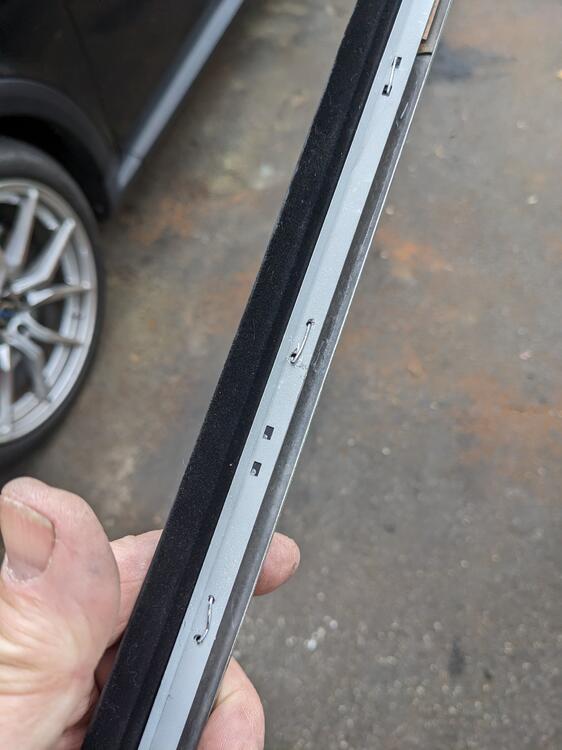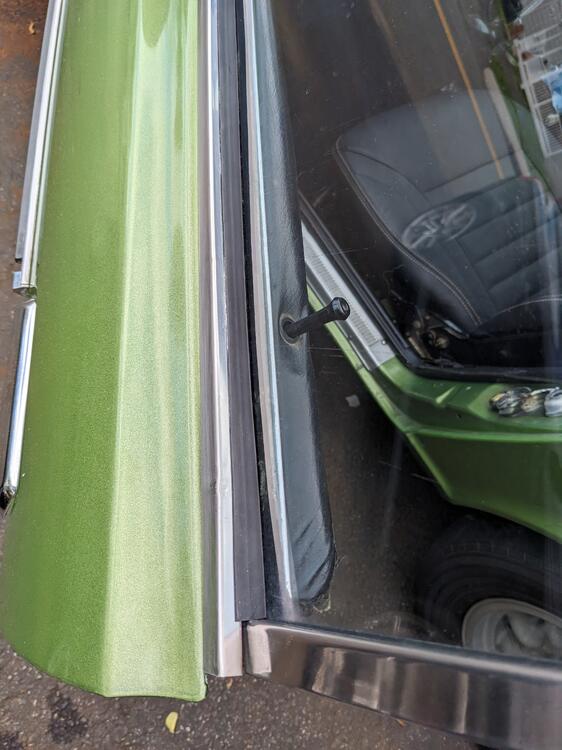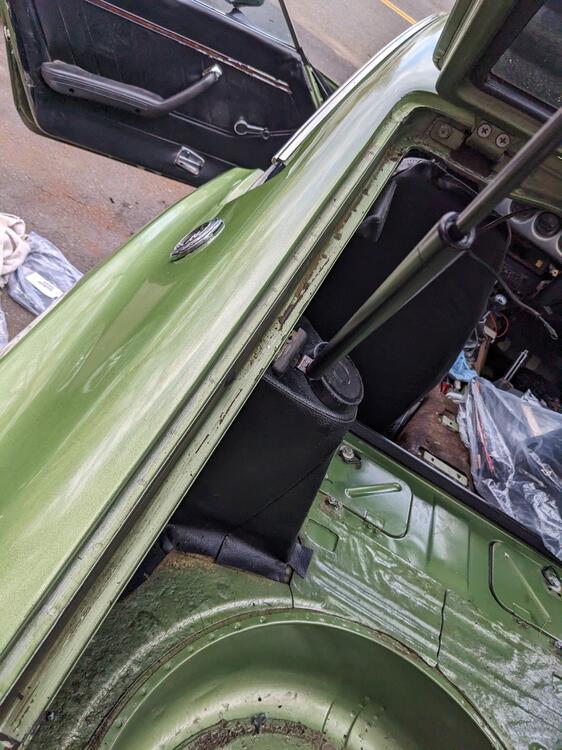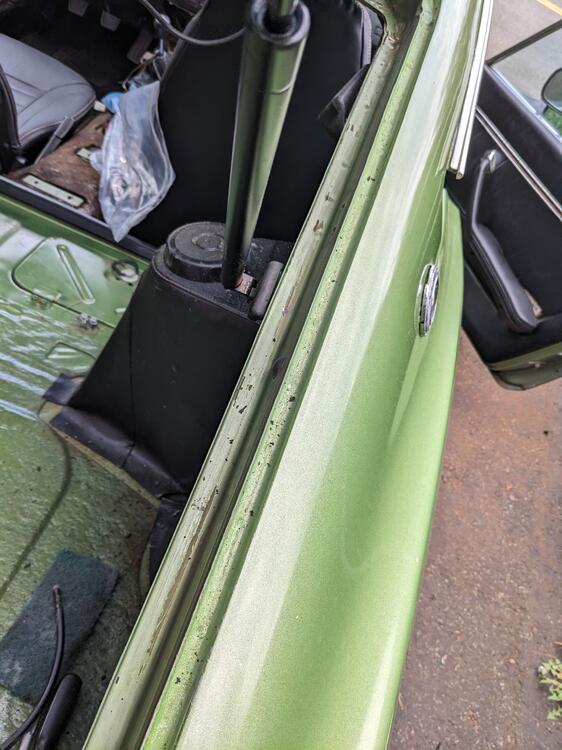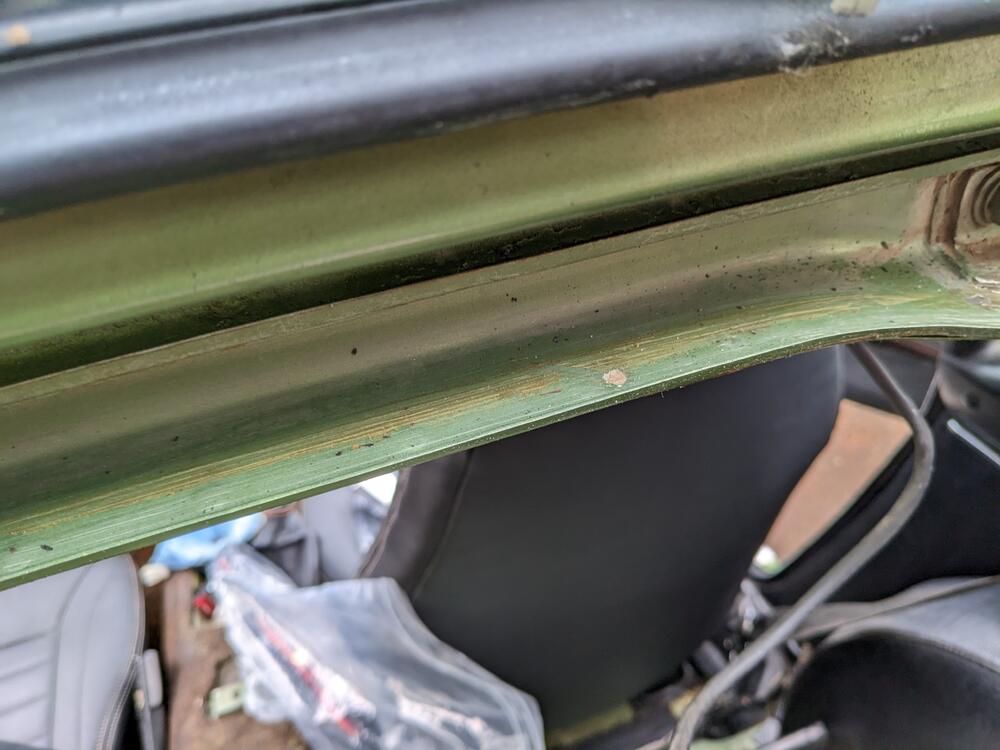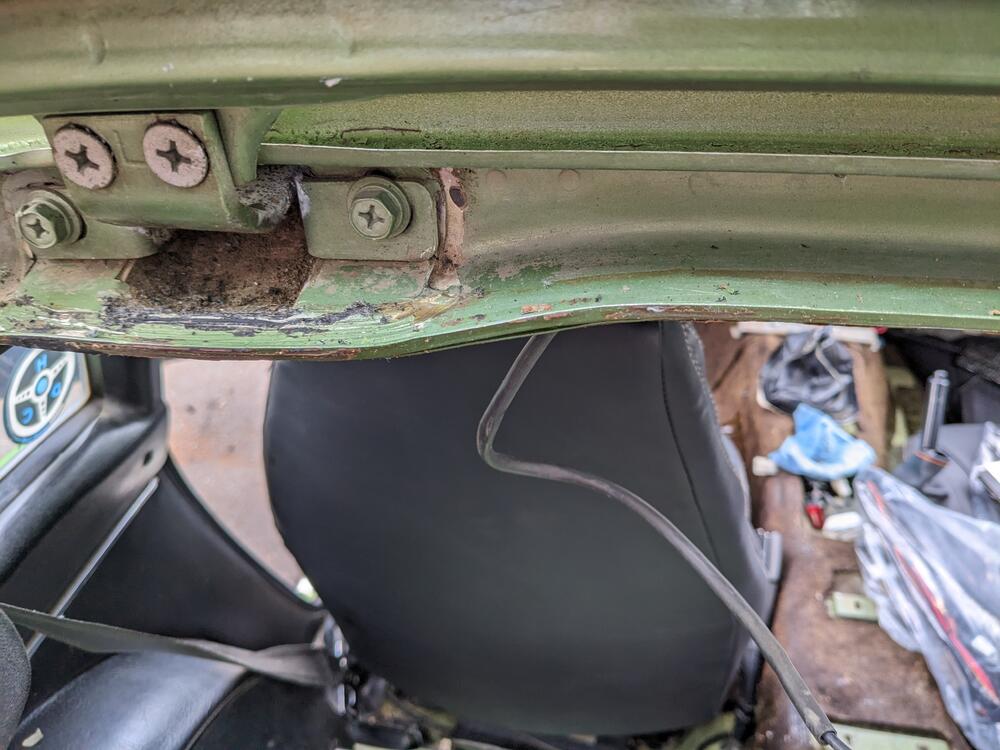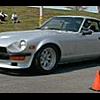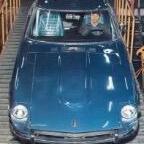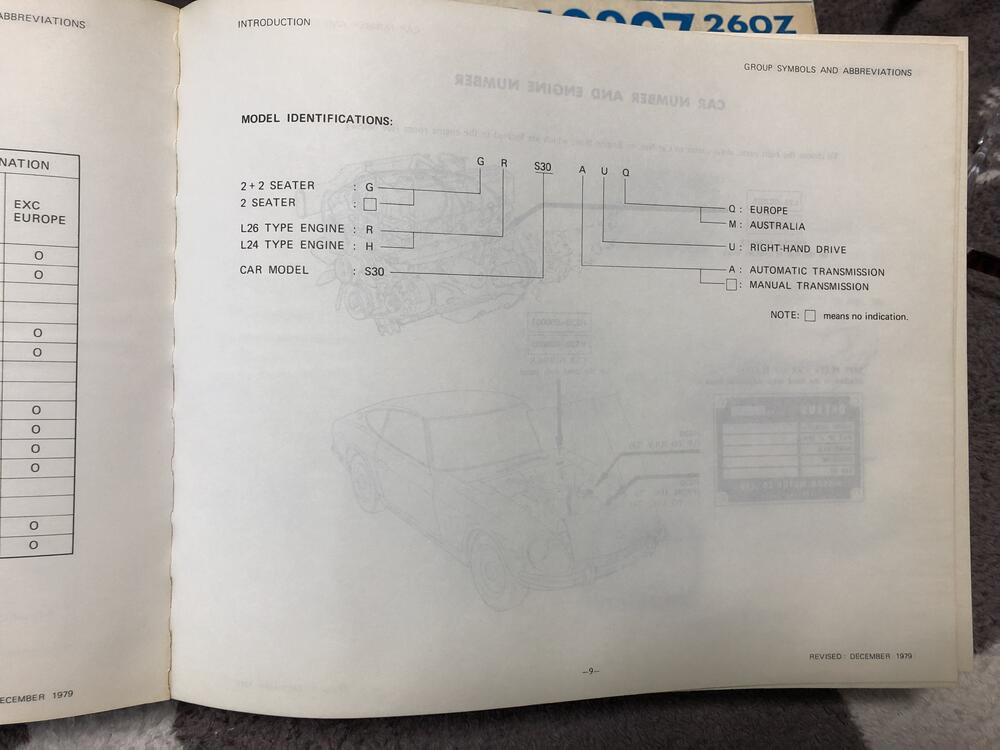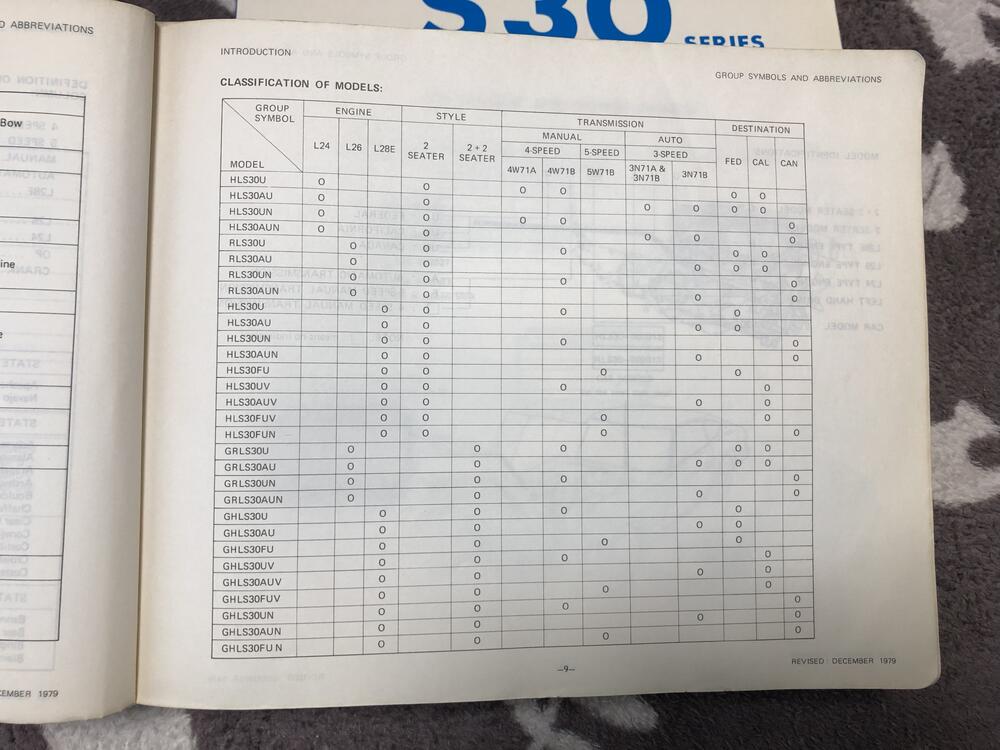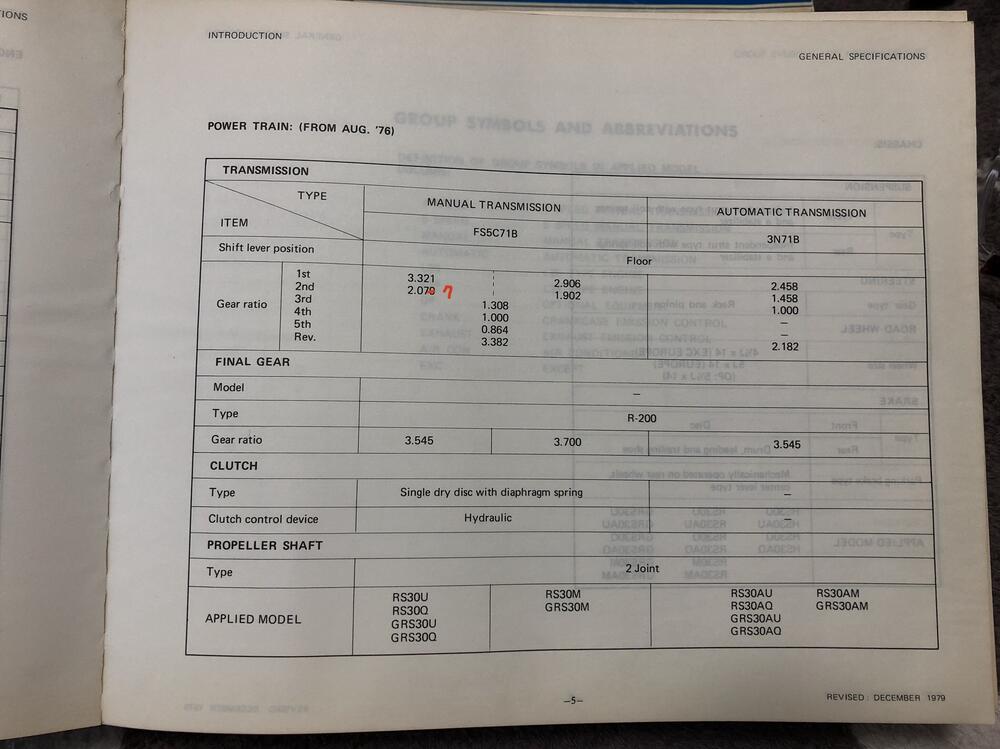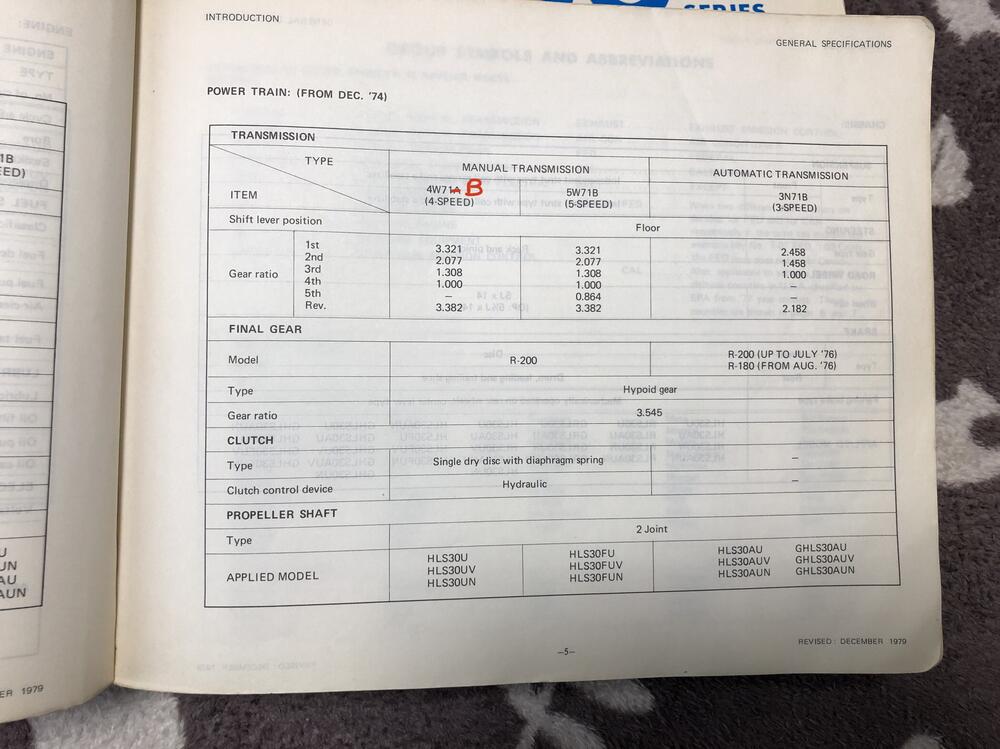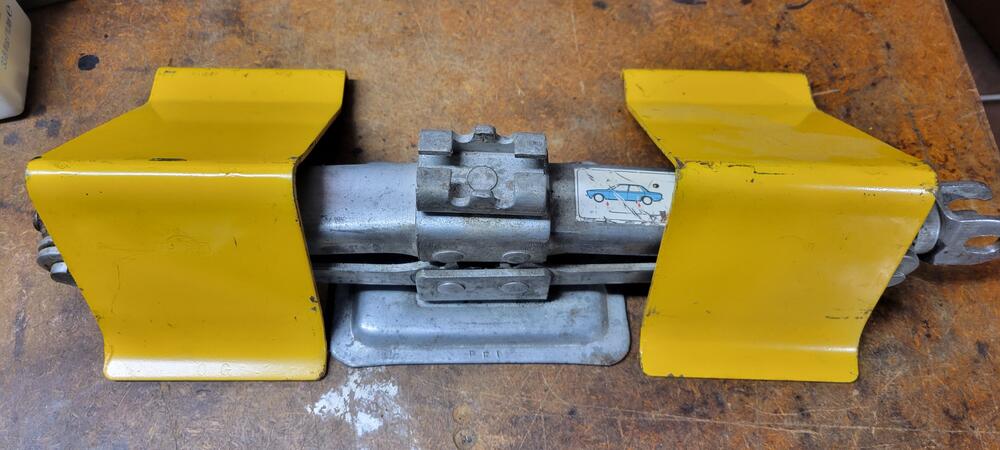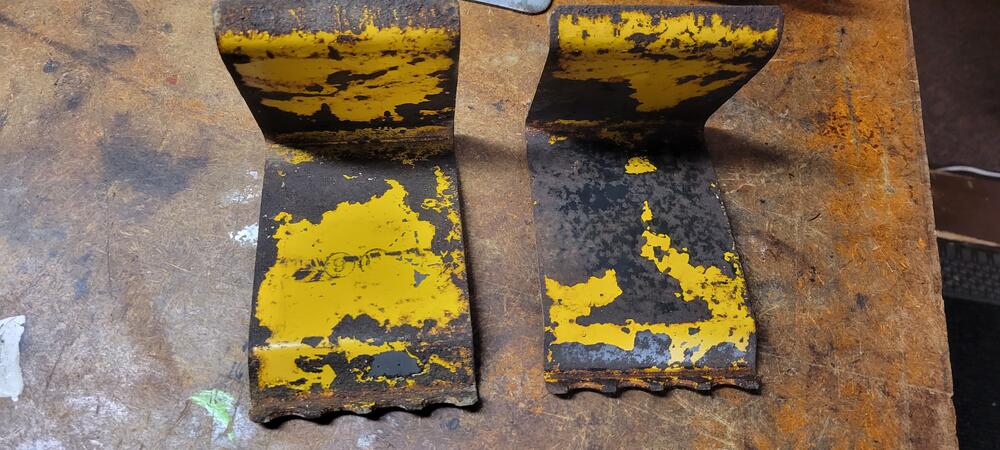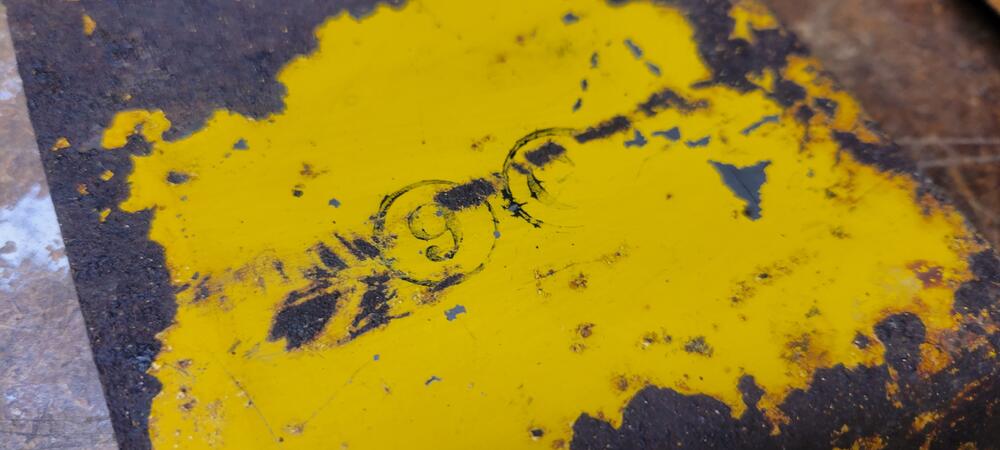Many thanks for the seal pics, that makes it clear. Did you also use weatherstrip adhesive for the lip, or something more contemporary to glue it? Seems quite likely that is the reason for my water ingress.
There is no rust inside, that is all the spare glue residue from whatever they spray up in there are the factory. The PO certainly never ever took anything apart.
I did order new hinge seals, however it really doesn't appear that any water has come in through there. I may pour a little water into the hinge cup just to confirm it though. Those seals won't be here for a couple weeks and I'm doing the hatch seals NOW.
I removed all the remnants of the main hatch seal & all the glue/foam residue all around the lip. I used xylene, which softens the glue & foam, makes it easier to remove. Still took 2 hours to get it to where it is now though
Still need to clean out the remaining crud from the hinge inner boot. Looks like I'm going to be removing the hatch to finish this, there is some surface rust in the upper drip channel behind the hatch. Can't get in there properly with the hatch on
I did redrill the metal strip & staple the scraper for the drivers side. I'll go with pop rivets on the pass side, but I need to get a good drill bit for the stainless.
 Subscriber
Subscriber 5Points428Posts
5Points428Posts Subscriber
Subscriber 3Points2,734Posts
3Points2,734Posts






